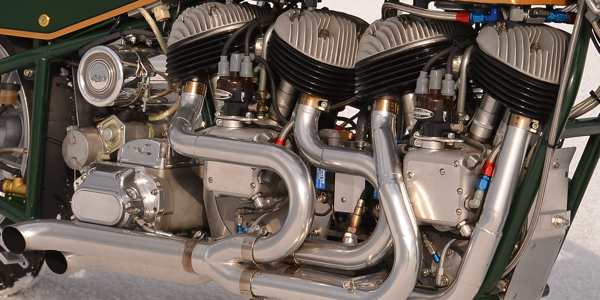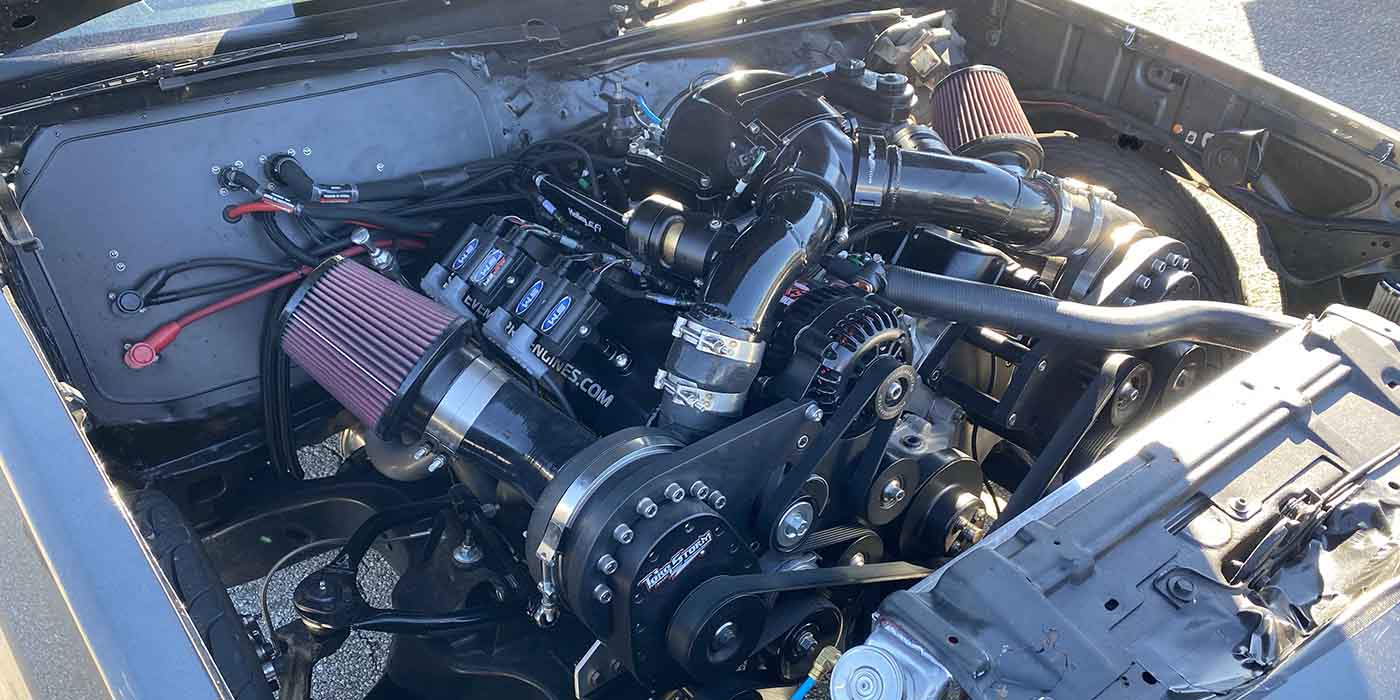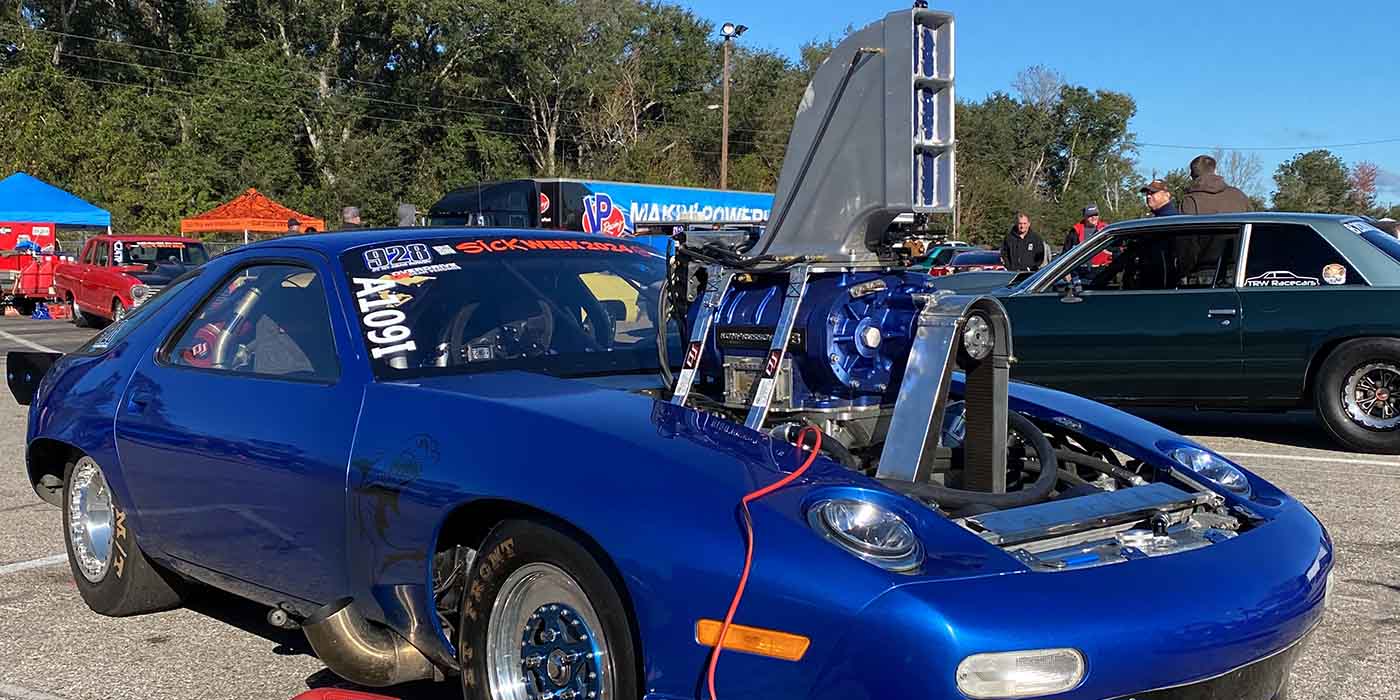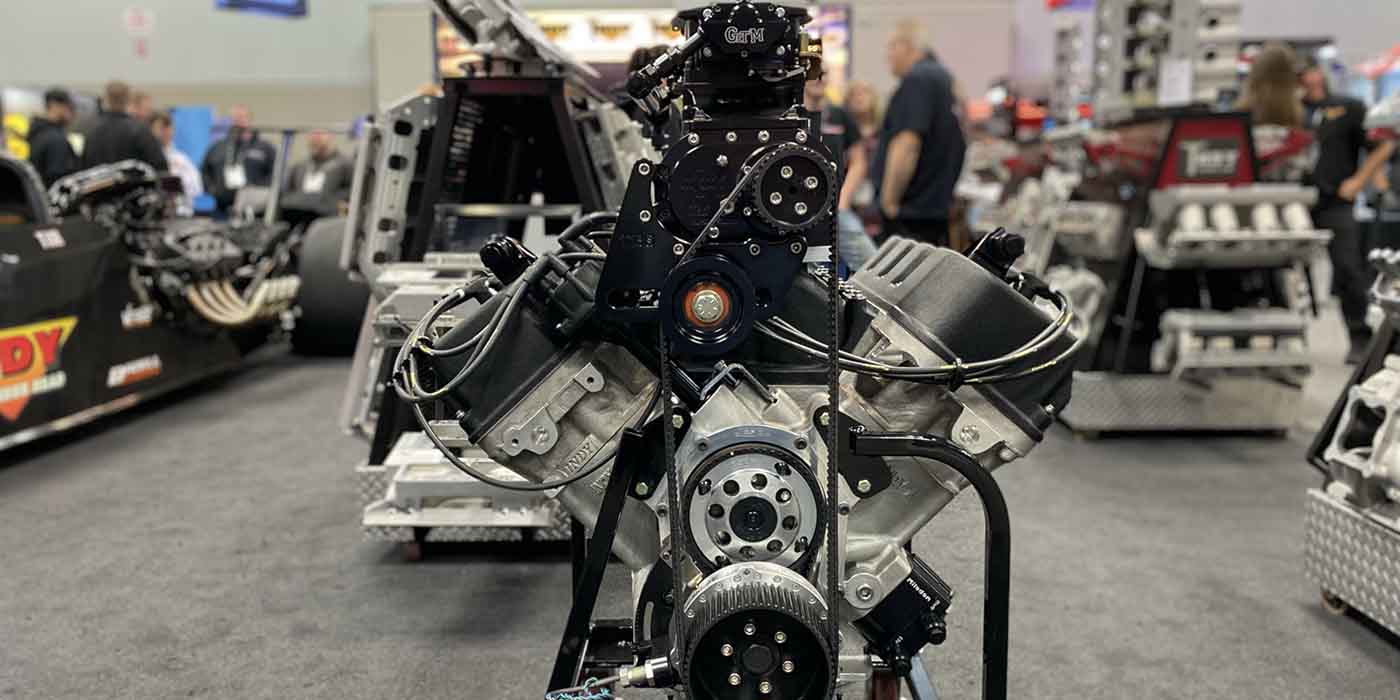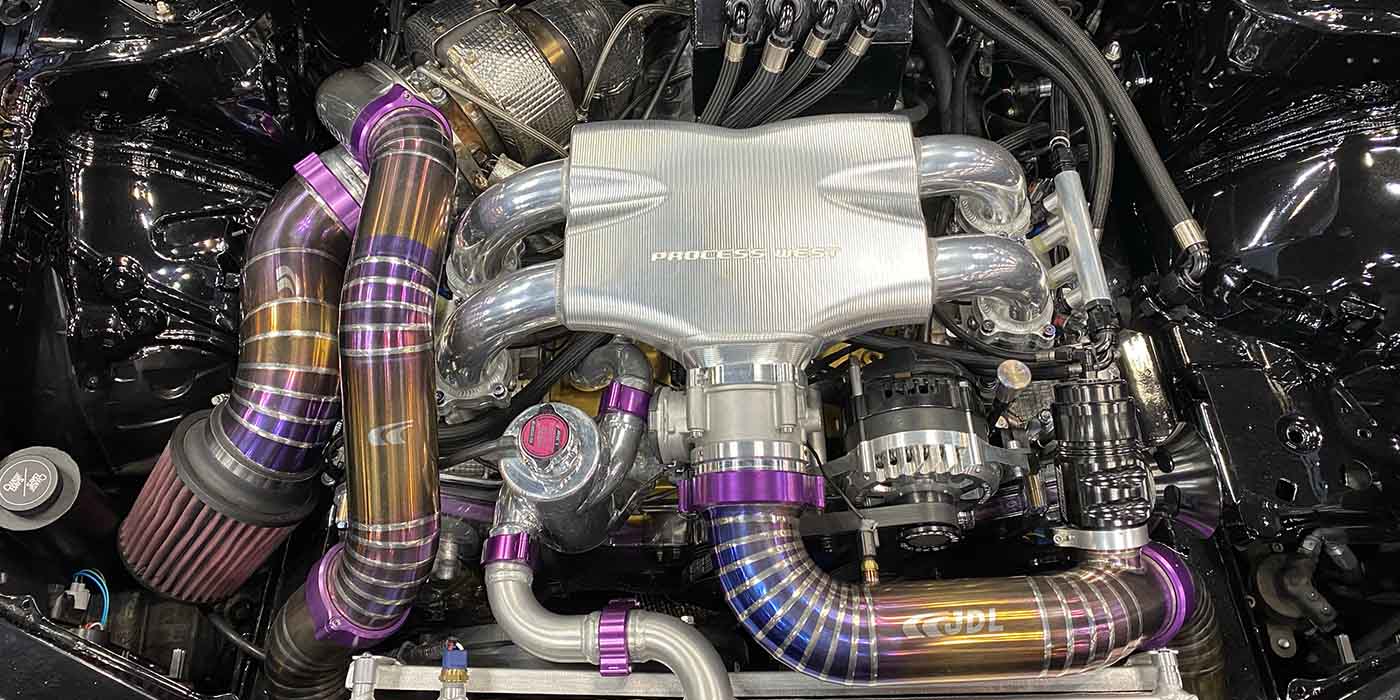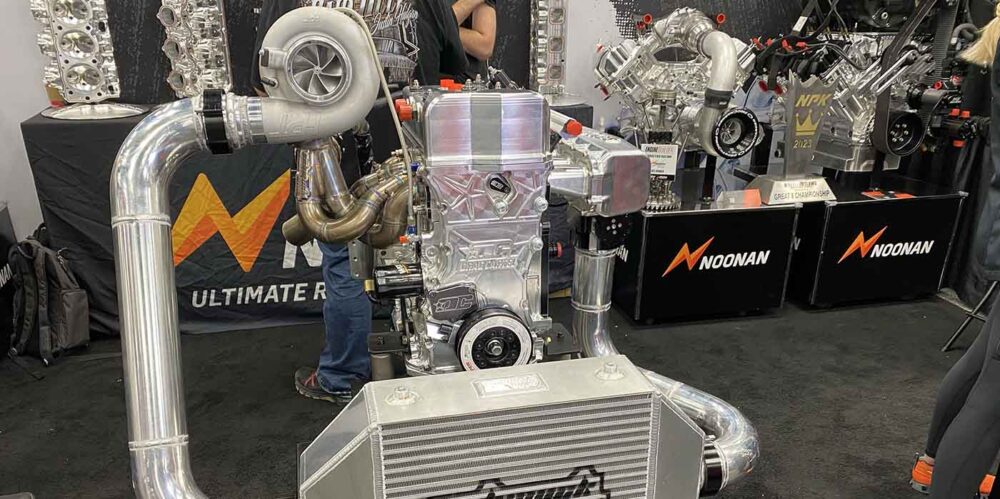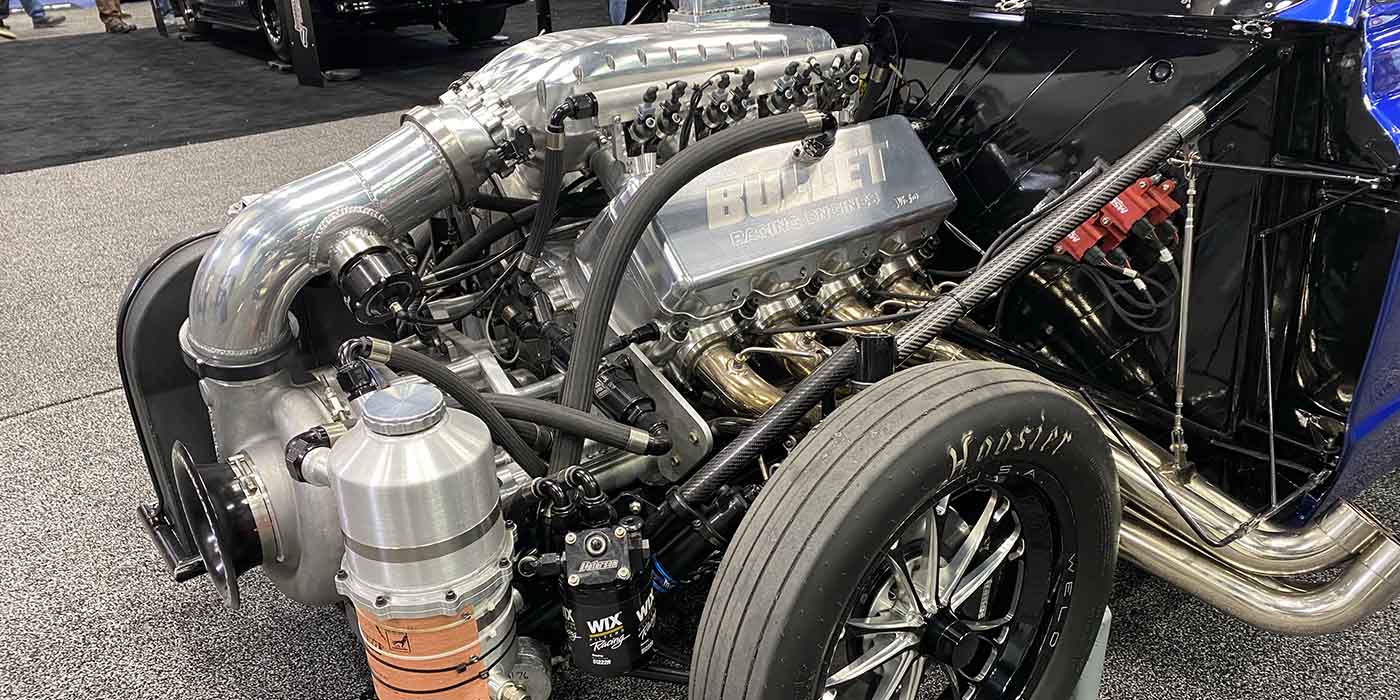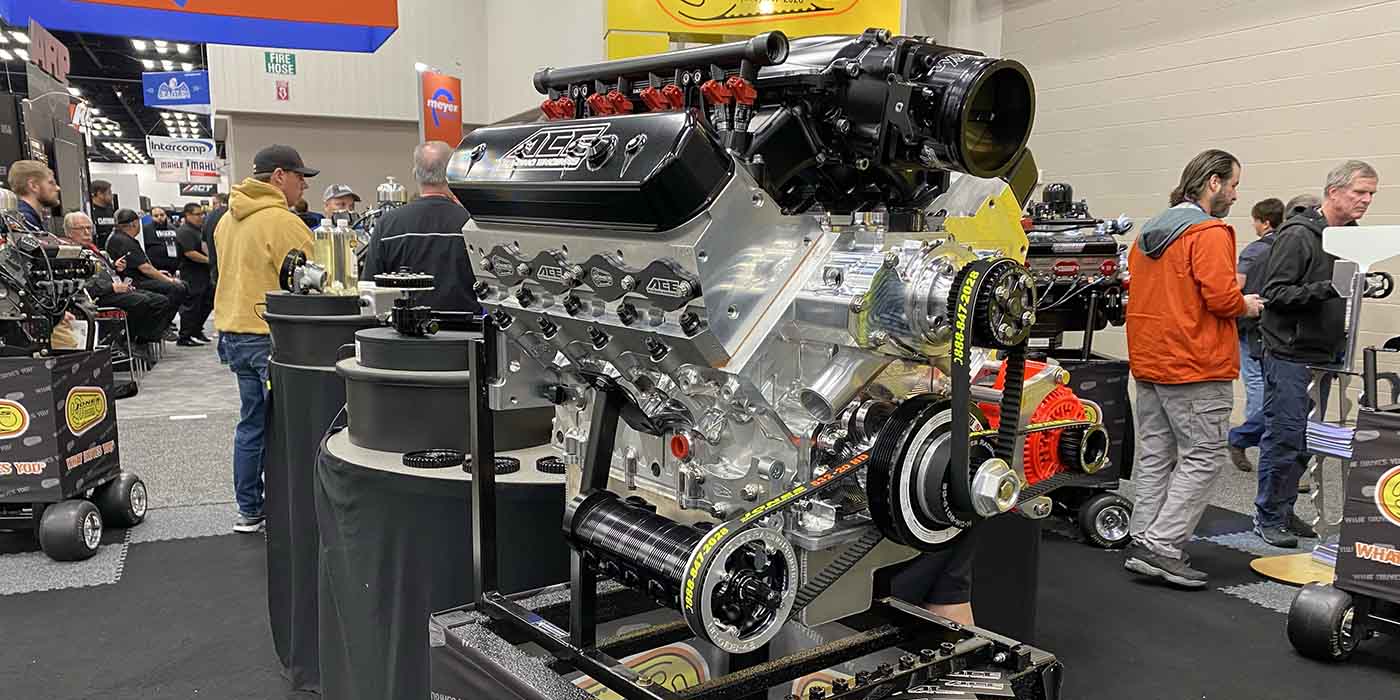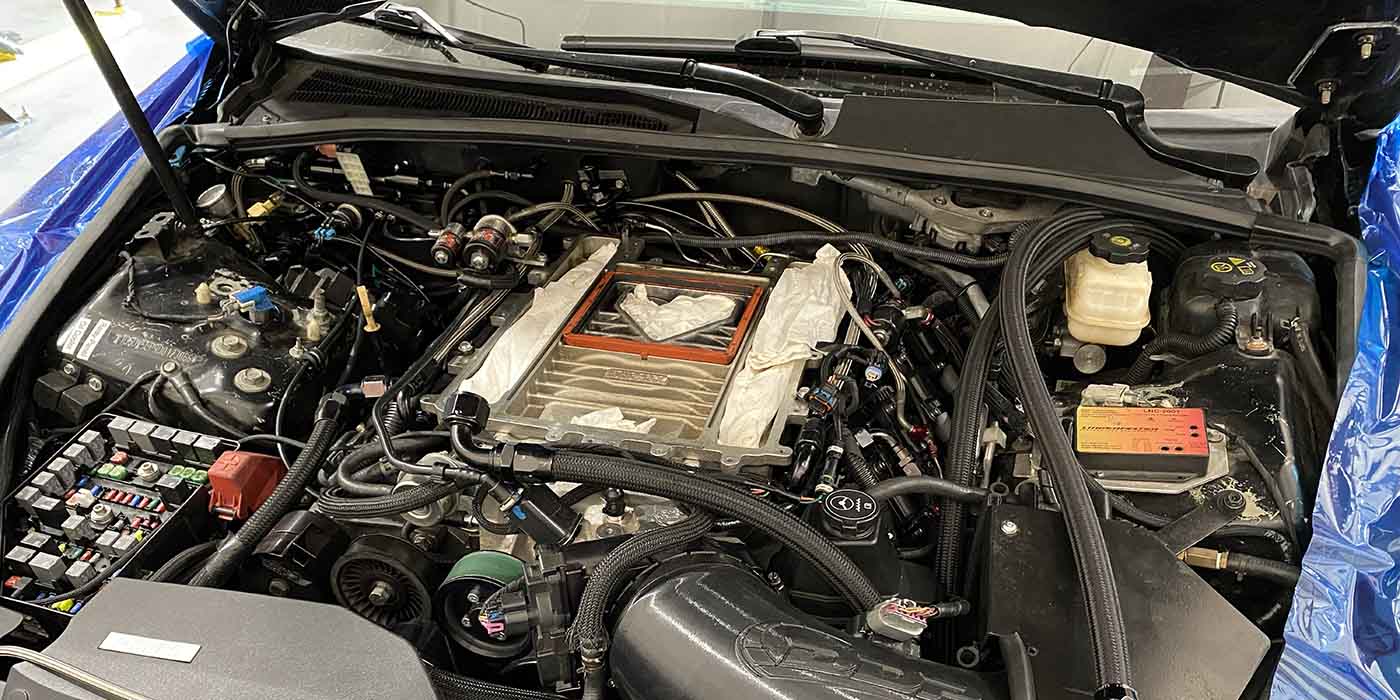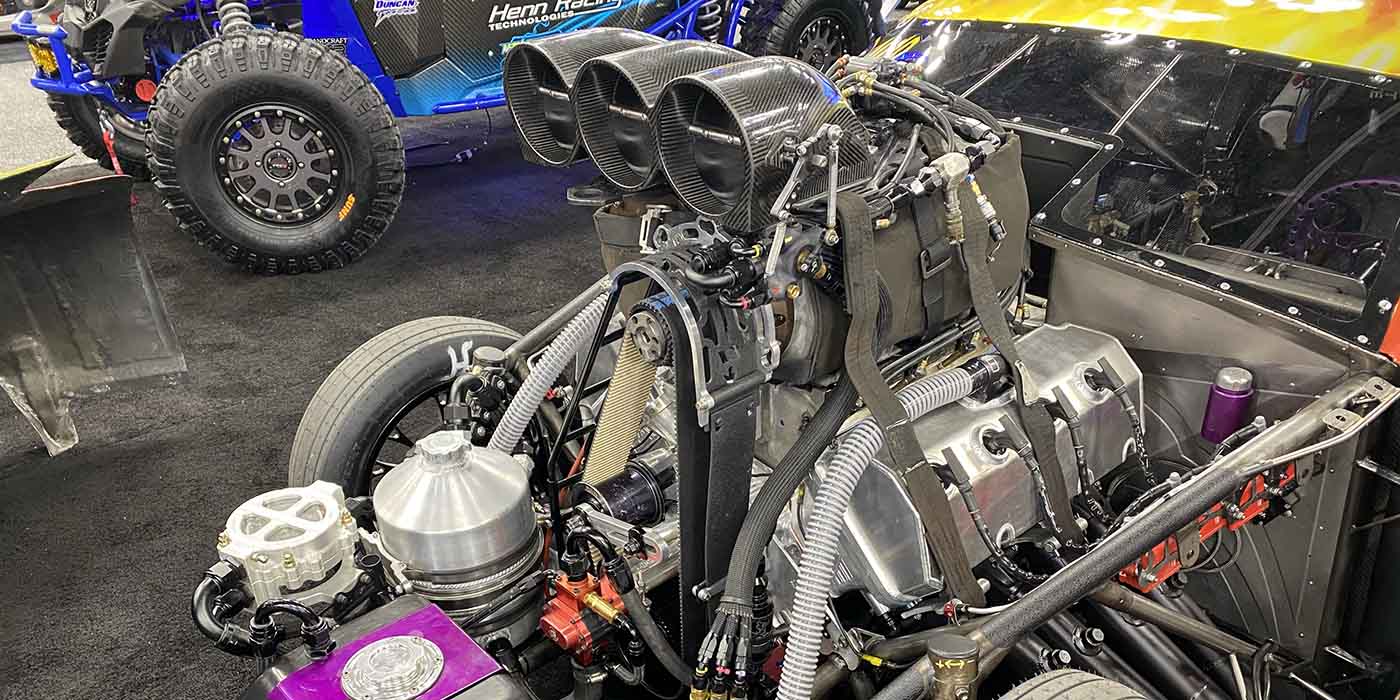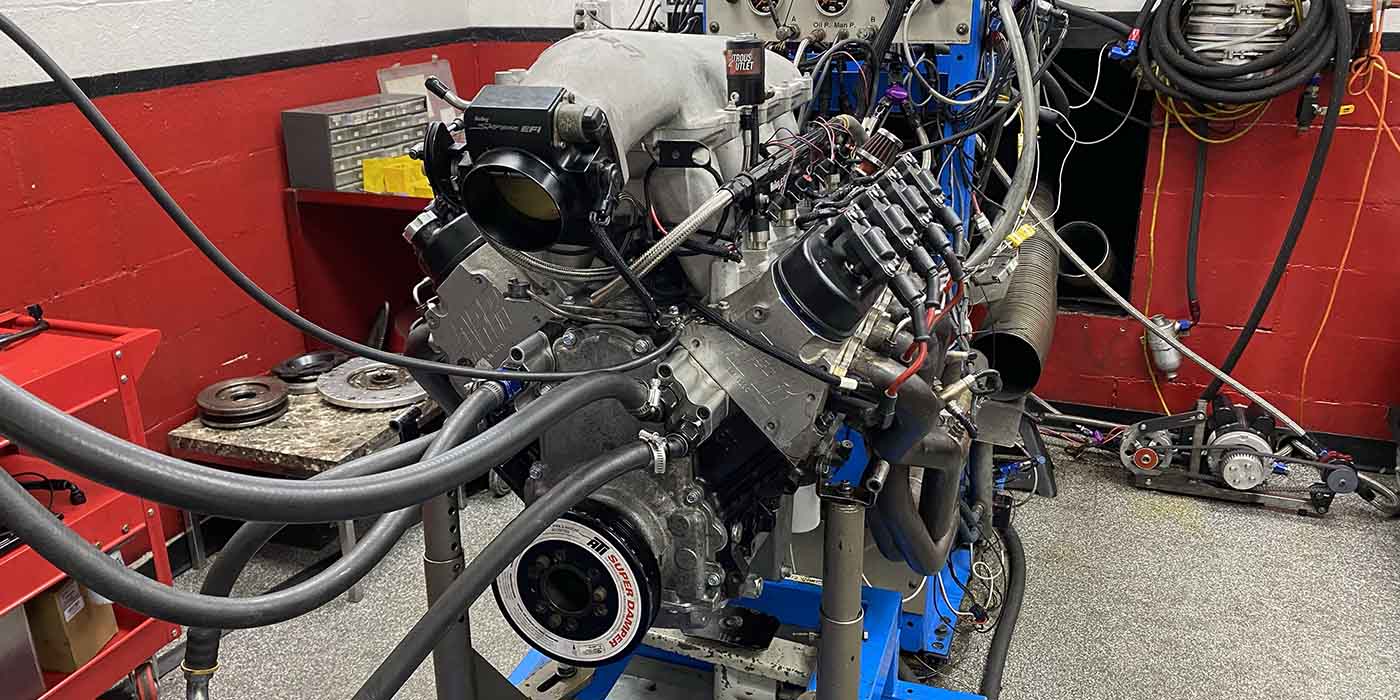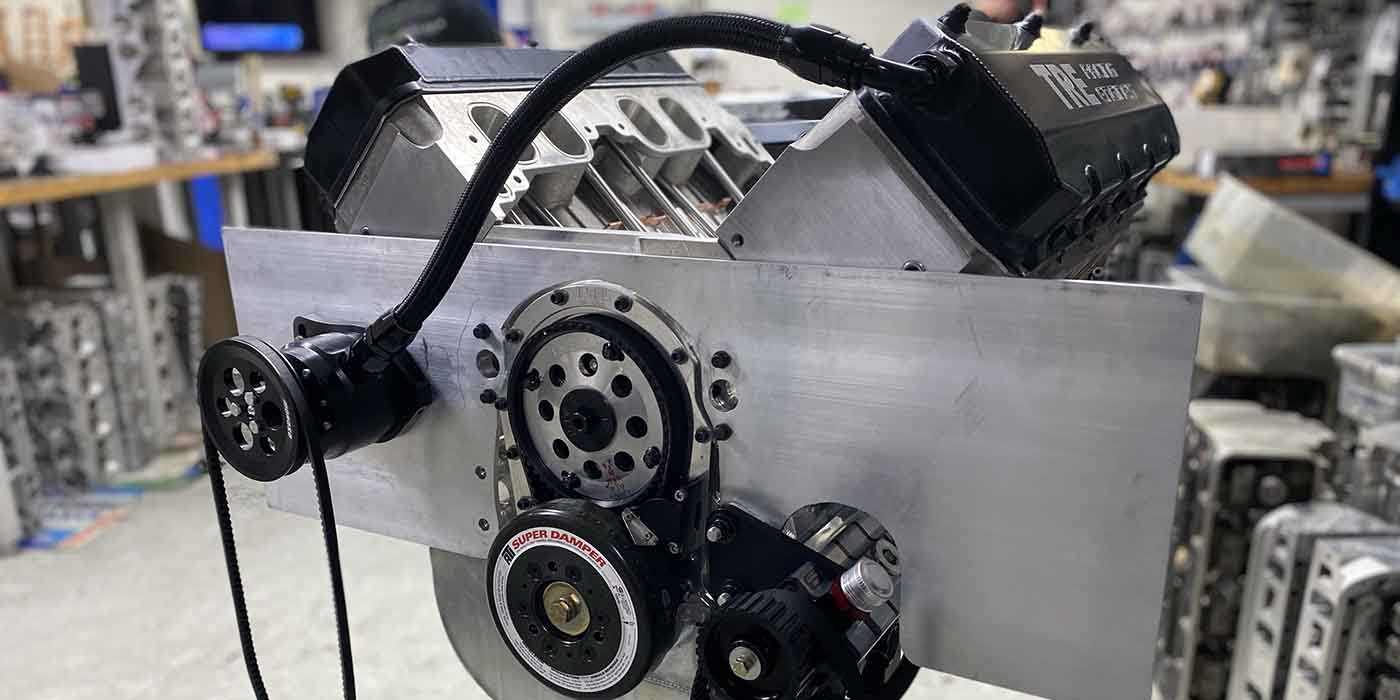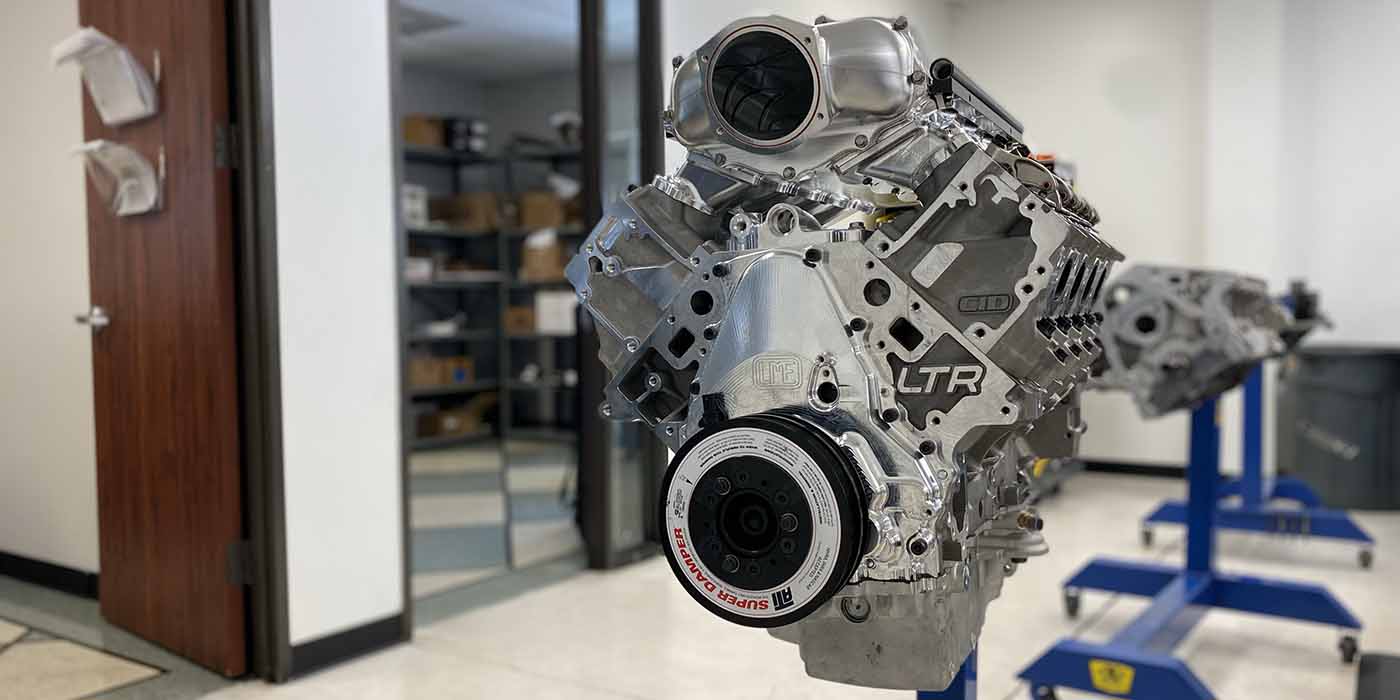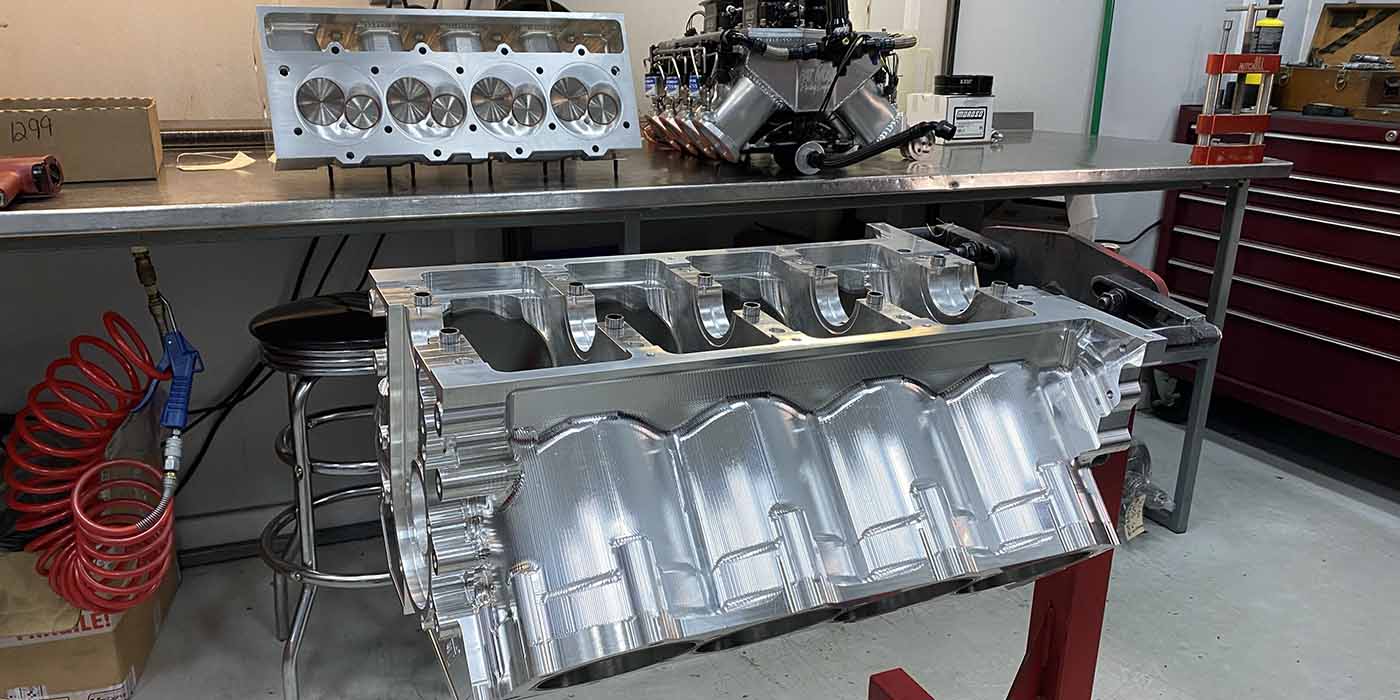Jim Mosher is one of the go-to guys in the country for hot rod Indian motorcycle engines. But before he ever got to this stature with his Performance Indian shop in Santa Fe, NM, he had the opportunity to start working in and learning about all aspects of this industry at a young age. With a background working in custom car shops, with Funny cars and as a crew member at the Indy Nationals, Mosher got to experience a lot that has helped him succeed in this industry. However, it wasn’t until 2008 that he found his true calling.
Like many with an interest in cars, motorcycles and speed, Mosher had heard of and always wanted to experience the Bonneville Salt Flats. He finally got his first chance to go in 2008.
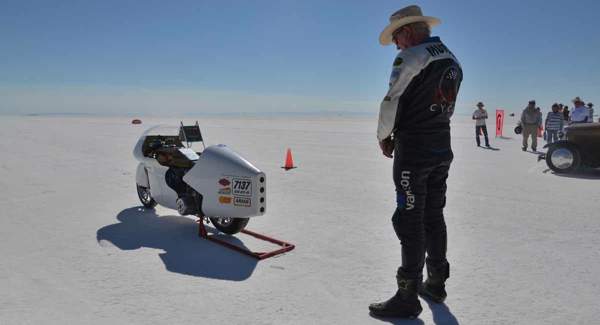
“A friend of mine used to road race with a Norton-powered bike at Daytona,” Mosher says. “He wanted to go to Bonneville with it to see how fast it could go. I’ve always been a gearhead and heard of Bonneville, but had never been like so many other people. Finally, we went in 2008, and it was a real experience. On our way back I was thinking about how I could make an Indian engine run at Bonneville. Because of the motor sizes and the class sizes, instead of trying to run a Chief, which would be too small in any class, or a Scout, which would be in the 500cc class and up against tough competition, I thought that two Scout motors would fit in the 1350cc class. That turned out to be the right pick.”
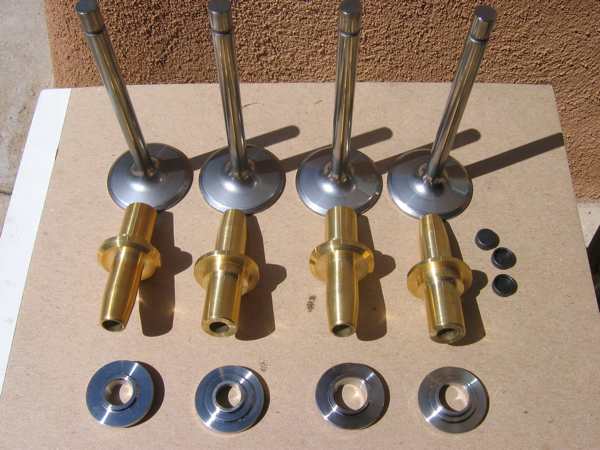
At Bonneville, flatheads get a 33 1/3% displacement discount, so Mosher’s 2,020cc motor runs in the 1,350cc class. He got the bike finished in 2011 and the first time it ran was in 2012. Mosher and his buddy phased out the Norton and phased in the Indian.
“For Bonneville racing in the Vintage class they require factory original cases,” Mosher says. “In the case of flatheads they want factory cylinders and you can do whatever you want for heads. I have reproductions of factory heads. For Overhead Valve Vintage it would be original cases and heads, but the cylinders can be reproduction. Where the valves are, that’s where the power is made and that’s where they want it to be original stuff.”
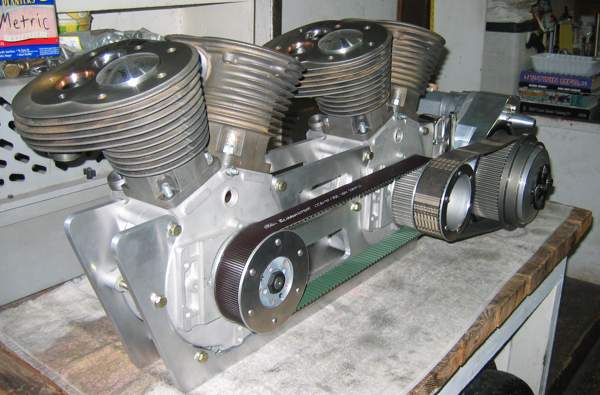
The cutoff date to run in the Vintage class is 1955 and older. For the chassis you have three choices – Production, which has to be showroom quality; Modified, which has to use the majority of an original frame and front suspension matching the brand of the engine; and Altered, which is what Mosher runs and you can use whatever you conjure up.
“My motor cases are actually Indian Military model 741, which were Indian’s small V-twin motors that went to Europe and the Pacific,” he says. “Very few of them came back. The original design of these motors were made from 1939-1942. My motors are 1940. The motors are Indian Sport Scouts, which were normally 45 cu. in. and I bored and stroked these to 62.5 cu. in., which is quite an increase.”
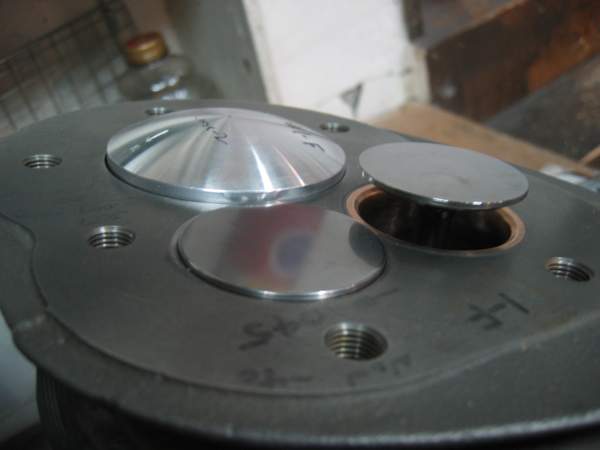
The motors have CP-Carrillo rods and Arias forged pistons. The pistons are domed, which required extensive work and welding to the heads. Mosher also had to CNC cut new combustion chambers out of the heads. All that work almost doubled the compression, which made a lot of power. Cometic made Mosher custom head gaskets from soft copper, which he says he’s been able to re-use many times over by cleaning them with thinner and re-installing. The valve train is all titanium, and the cams and lifters are a unique set up, which Mosher made himself.
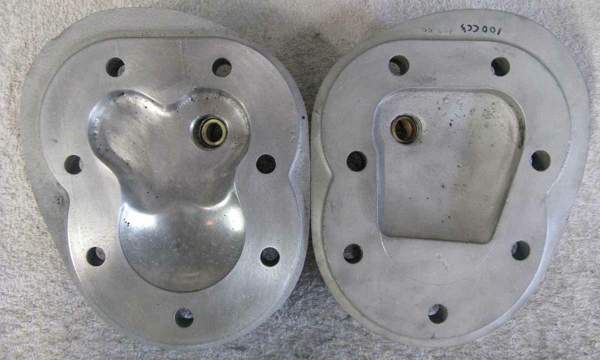
“I coupled the engines together with motor plates such that it makes a single power unit,” he says. “I also added a belt drive that gets back to a Baker 5-speed transmission. I originally designed it for use with magnetos, but I was having problems with those… so I went back to the original factory Compu-Tronix pointless ignition modules and hot coils. For carburetion I’m running Keihin 41mm flat slide carbs, which are popular in Pro Stock drag racing and big bore desert dirt bikes.”
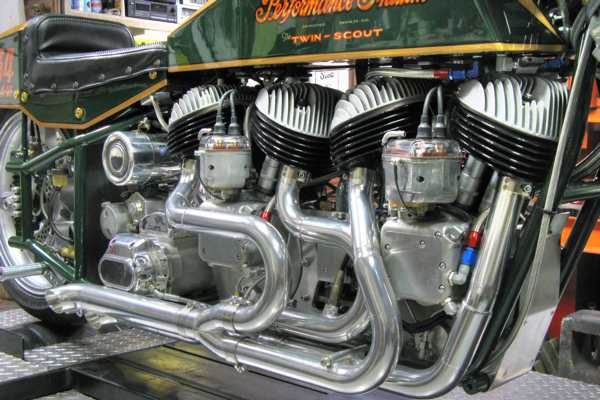
To say that Mosher has been successful at Bonneville may be the ultimate in understatement. In fact, Mosher holds all four records within the 1,350cc Altered Vintage class – naked and streamlined for gas and naked and streamlined for fuel.
“Every single run that it has made has sent us to impound,” he says. “If you run against a record and you succeed it, you go to impound and you have four hours to look the bike over and make a few changes and adjustments, then you back it up the next morning. If you do back it up, you go back to impound so they can certify it by pulling the heads off and getting a bore and stroke measurement. They say on average it takes seven years to get a record, and this bike has set seven records in three years. Every single run it has made has been for a record.”
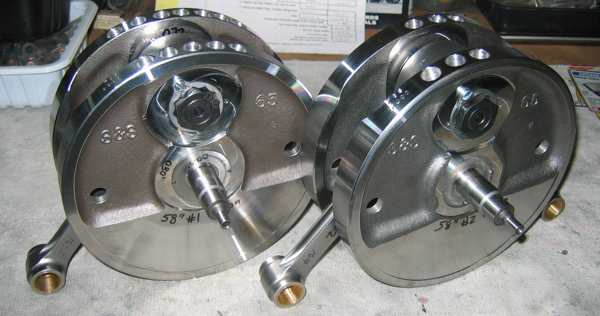
Now that he has dominated the 1,350cc Altered Vintage class Mosher says his plan is to de-stroke the motors and go after the smaller engine classes.
“If I de-stroke the motors I can run in the 1000cc class and I’ll have four more records to go for,” he says. “This bike can be configured for even more classes by removing the front motor and dropping to the 650cc and 500cc classes. By being able to run so many different classes with the same bike, I can continue campaigning it at Bonneville for several years to come.”
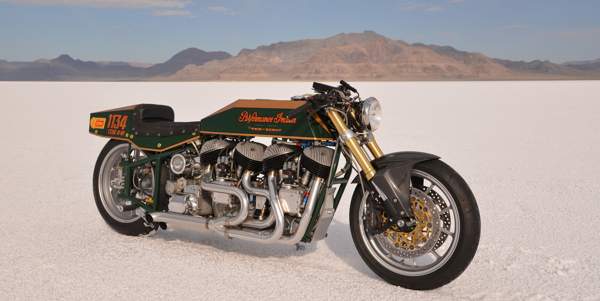
Mosher’s dyno in Santa Fe, NM (elevation 7,000 feet above sea level) operates at virtually the same density altitude as Bonneville at 4,200 feet on a hot day. Typically, at 7,000 feet on gasoline, Mosher says his engines make 128 hp and 133 ft.-lbs. of torque. With a 3-second nitrous boost he gets 240 crank hp and 187 ft.-lbs. of torque. The original horsepower on a single completely bone stock 45 cu. in. 1940 Scout motor is 15 rear-wheel hp. Mosher has managed to get 64 hp per motor up from 15, which is quite an increase.
“My cams and headwork had a lot to do with that,” he says.
Here’s to seeing Jim Mosher and his Indian Sport Scout motors at Bonneville in 2017.
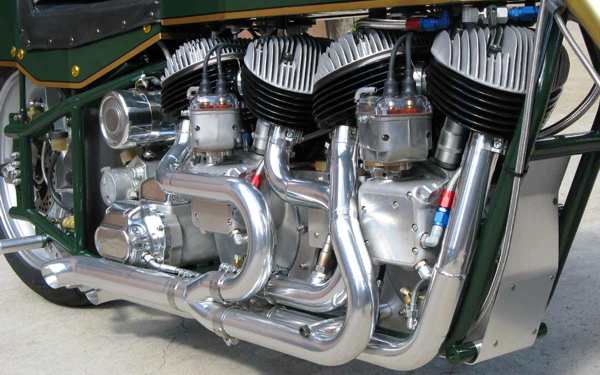
Engine of the Week is sponsored by Cometic Gasket
To see one of your engines highlighted in this special feature and newsletter, please email Engine Builder managing editor, Greg Jones at [email protected]

